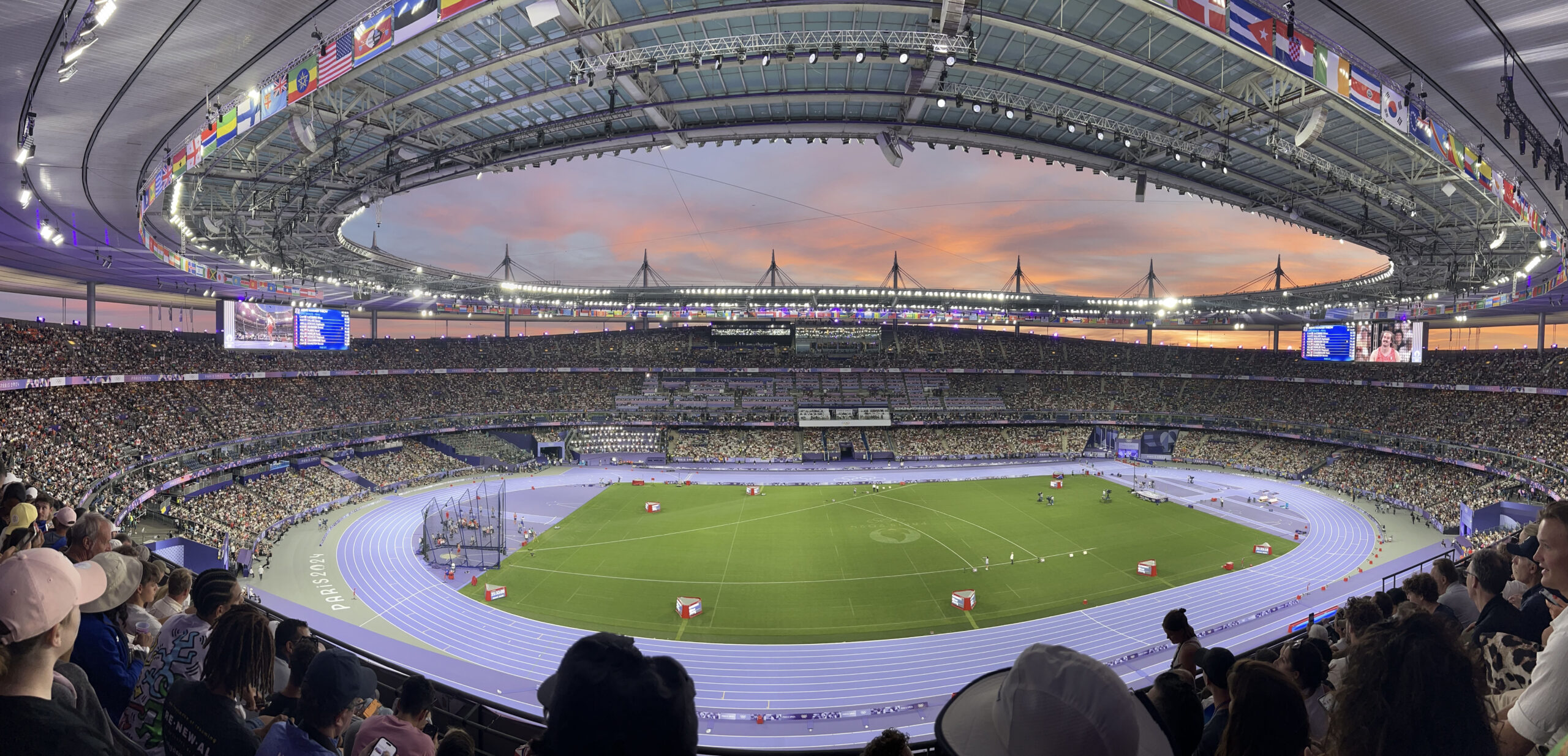
Gloomy skies and an afternoon drizzle-turned-rain notwithstanding, some fans labeled the Paris 2024 Olympic opening ceremony the best show of its kind, topping Beijing’s and London’s in 2008 and 2012, respectfully. On the other hand, some questioned the novelty of athletes being transported by boats; they felt robbed of the traditional fanfare of welcoming the throng of competitors as they enter the stadium.
The 33rd Olympiad was the third to be held in the French capital after those of 1900 and 1924, and it was different. As the Games approached, the French billed the opening ceremony as the largest in Games history and would be open to residents from all over France and around the world.
The 2024 opening spectacle was the first to have taken place completely outside of a stadium; instead, it was a memorable parade of nations on boats bearing the 10,500 athletes along the famous River Seine across the heart of Paris. The 3.5-mile route ended in front of the Trocadéro – one of the most visited tourist spots in city – where a star-studded finale would begin, featuring high-profile artistes including Mali-born French pop star Aya Nakamura, American Lady Gaga, and Canadian Céline Dion.
Giant screens and speakers enabled the experience of the magic close-up as it happened.
The river parade glided the Seine, from east to west, and made its way around two islands at the center of Paris, passing under bridges and gateways to give the major players of the Games a quick view of other official Games venues other than the Stade de France stadium, the location for track and field events. They saw Parc Urbain La Concorde, the Esplanade des Invalides, the Grand Palais, and the Léna bridge where the parade ended for the ceremony’s finale at the Trocadéro.
But while the invitation was open to all, not everyone could afford the high-priced tickets available for the limited prime venue where athletes were front and center stage throughout the ceremony. Thousands of spectators secured tickets that suited their pockets, and they lined the banks of the Seine early at the best vantage spots, and they held those spots dearly.
Draped in national flags or hats and garments that depicted their countries, they shouted and screamed with pride as fireworks erupted and the parade of boats emerged. Others were more fortunate to be nearby rooftop viewers overlooking the event.
Most of the boats sailed by with all onboard dancing and singing in the Olympic spirit. And then it started to drizzle, a precipitation that soon turned into rain. With not many umbrellas out, the hundreds of thousands of spectators along the Seine and closer to the stage didn’t move; they held their ground until of the last of the flotilla of 84 with delegations (some wearing clear rain ponchos or carrying umbrellas) sailed by in a party atmosphere.But it was the penultimate vessel that packed a punch: a massive carrier named Bateaux Mouches L’Espoir with a 600–strong USA team, the largest contingent. They chanted USA and moved to the music as if they had just conquered Paris.


